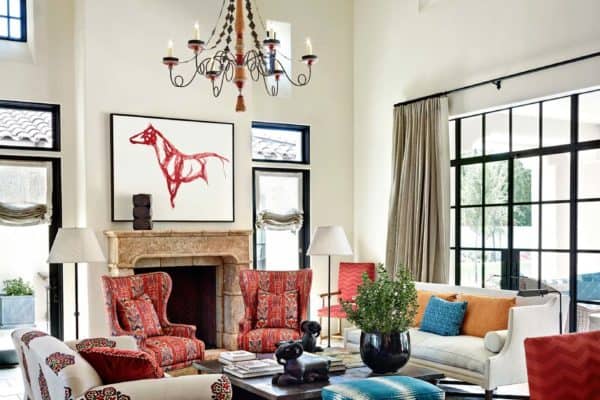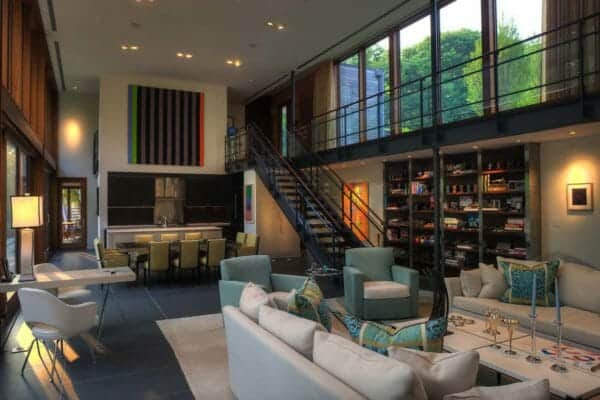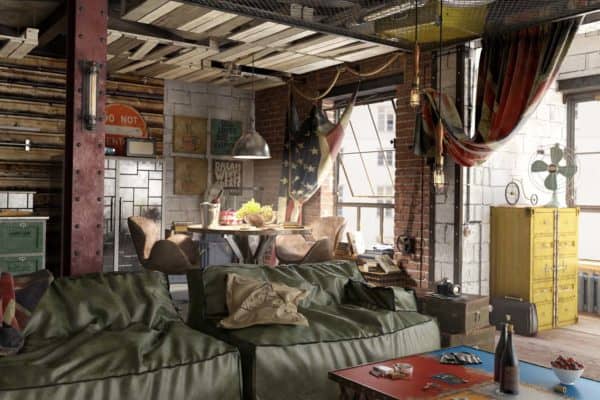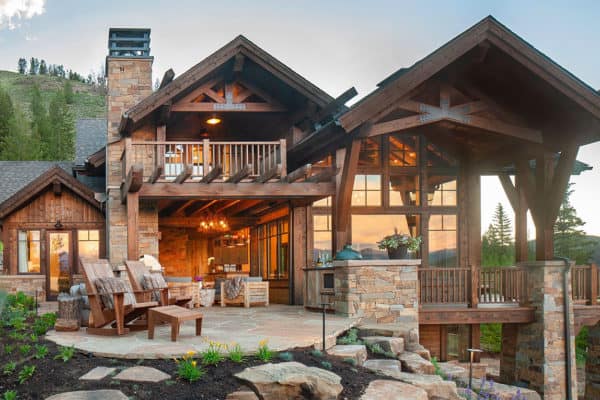
Hunsett Mill is a remote water pumping mill located in the historic Norfolk Broads National Park, situated beside the river and upstream from the Sutton Broads on Chapel Field Road, Stalham, Norfolk, England. The house was a residence for the keeper of the mill until 1900 when the advent of electricity rendered wind powered pumps obsolete. Since the end of its working life, the house has been used as a private residence, but has remained as an important piece of local heritage, standing adjacent to the well-known historic Hunsett Mill.
Since the whole area around the mill constitutes protected conservation land, the aesthetic and sustainable value of the property is and has been of the utmost importance. This is why it has been given a full restoration of the listed windmill and a renovation and extension to the mill keeper’s cottage by architecture firm ACME.
The extension has been made entirely from solid laminated wood, exposed as an interior finish and clad in charred cedar boards externally. The extension overcomes the requirements of appropriate planning restrictions by creating a very open plan floor layout with three double height spaces that creates an impression of spatial generosity and allows for the placement of large windows looking out towards the mill and over the marshes and fields.
A fireplace and changes in the floor level helps to create a distinct kitchen, dining and living area. The first floor contains all of the five bedrooms as well as the two bathrooms, interspersed with the voids created by the double height space. The bedrooms make full use of the space under the roof pitches, with full height mirrors on some walls, large external windows, as well as internal windows into the void and towards the ground floor living rooms creating a feeling of spaciousness.
All internal walls and ceilings consist of the exposed timber structure. Where doors are required in timber walls, they are built to match the thickness and finish to create a continuity of material feel and appearance. Space is optimized by integrating fittings, wardrobes and the fireplace into the timber walls. Limestone tiling for the bathrooms is color-matched to the exposed timber so that there is little visual distinction between them and the rest of the house.
The main staircase was designed to be as light and unobtrusive as possible, manufactured from thin steel plates sunk into slotted recesses in the solid timber wall. The majority of floors are finished with limed, dark baked oak planks to complement the golden hue of the timber walls.
























0 comments